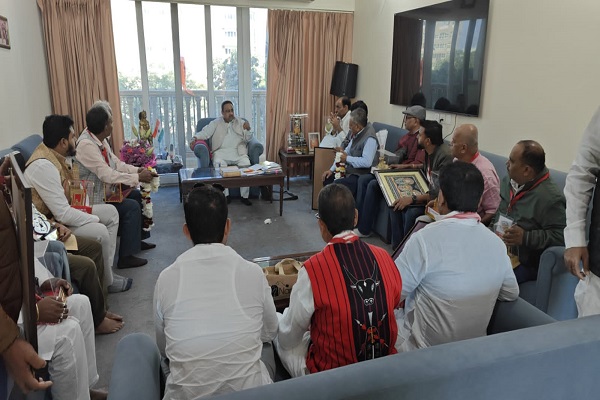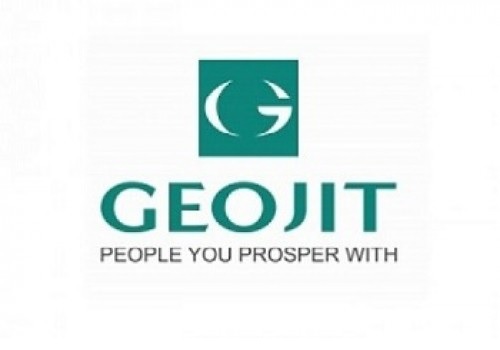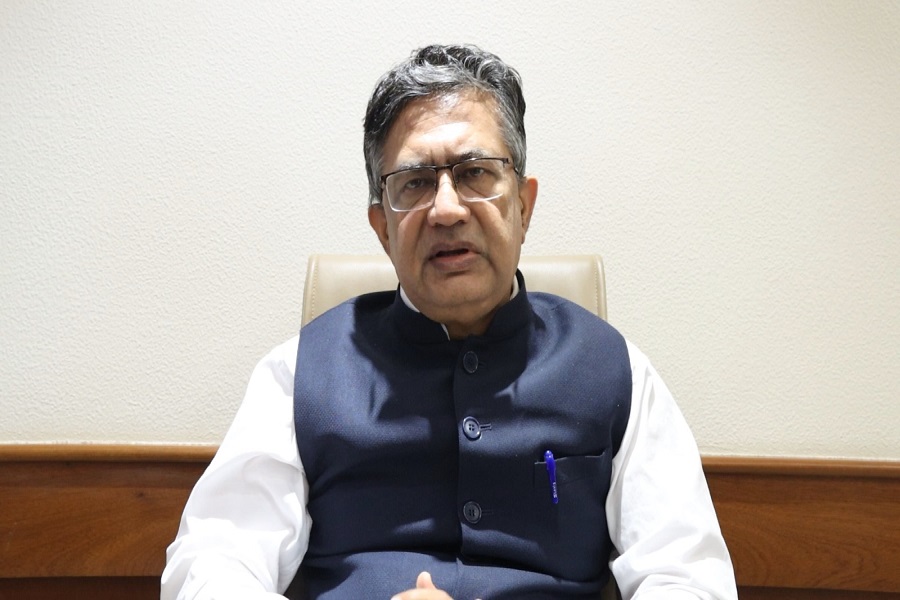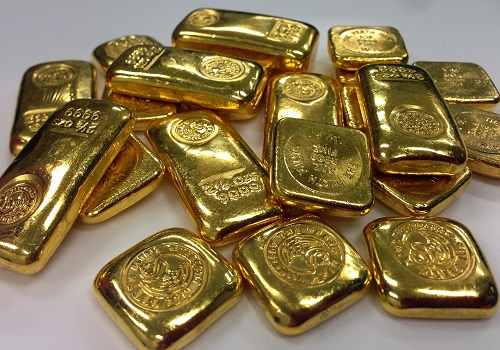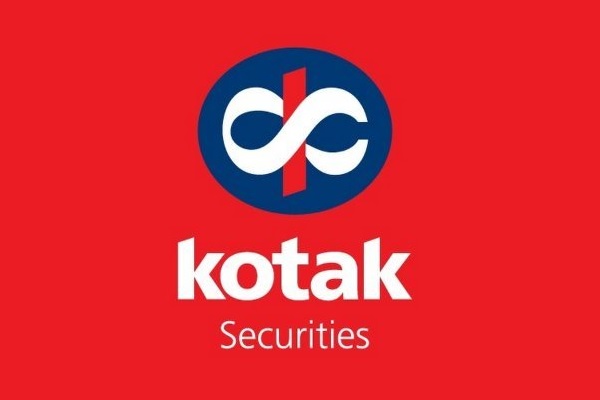Renewable Energy: US anti-dumping duty is likely positive for Indian solar mfg by Kotak Institutional Equities

US anti-dumping duty is likely positive for Indian solar mfg
On April 21, 2025, the US Department of Commerce issued the final (link) anti-dumping/countervailing duty, ranging from 15% to 3,000%, on solar imports from four Asian countries (Cambodia, Malaysia, Thailand and Vietnam). While these duties are likely to reduce exports from these countries to the US, the ability of Indian manufacturers to capture the resulting market opportunity remains key. Despite preliminary duties being in place since December 2024, Indonesia and Laos, rather than India, have emerged as the key beneficiaries. Although Indian manufacturers have seen limited positive impact in the initial months, Indian exporters could potentially benefit in the medium term, in our view.
Final tariffs much higher than preliminary tariffs
The US Department of Commerce has issued the final antidumping (AD) and countervailing duties (CVD) on solar imports from Cambodia, Malaysia, Thailand and Vietnam, ranging from 15% to 3,000%. These tariffs are significantly steeper than the preliminary ones implemented in late 2024 and are expected to drastically reduce solar module and cell imports from these countries. The imposition of AD/CVD will have a major impact, as these four countries accounted for nearly 80% of all US solar imports in CY2024.
Indonesia and Laos current beneficiaries; India is yet to see significant gains
For the first two months of CY2025, during which preliminary AD/CVD measures were in force, the US imported 3.4 GW worth of solar modules. Of this, India supplied 446 MW, translating to approximately 13% of the total demand. This marks an increase from the ~8% share reached in CY2024. However, most of the supply vacuum was filled by Indonesia and Laos, which were the second- and fourth-largest module suppliers during this period. Going forward, it will be critical to observe which between India, Laos and Indonesia will capture the vacuum created by the reduction in imports from SEA countries. On the solar cell front, higher prices in the domestic DCR market (US$13-15 cents versus US$10-11 cents), along with limited capacity, are likely to constrain India’s contribution to US solar cell imports.
IRA and solar policy uncertainty continue in the US
The US administration on January 20, 2025, passed an executive order called Unleashing American Energy, which indicated a pause on the US IRA incentive. With no further communication from the administration about IRA incentives, uncertainty continues in the US solar market. Currently, US solar has 52GWdc of module manufacturing capacity; hence, these higher duties could be partially offset by higher local US production with cell supply from players such as Qcells that face very limited impact from these AD/CVD duties currently.
We retain our estimates and FV for Premier and Waaree Energies
We retain our FY2025-27 estimates for Premier and Waaree. We have a SELL rating on Premier, with an unchanged FV of Rs840 and REDUCE rating on Waaree, with an unchanged FV of Rs2,280.
Above views are of the author and not of the website kindly read disclaimer



